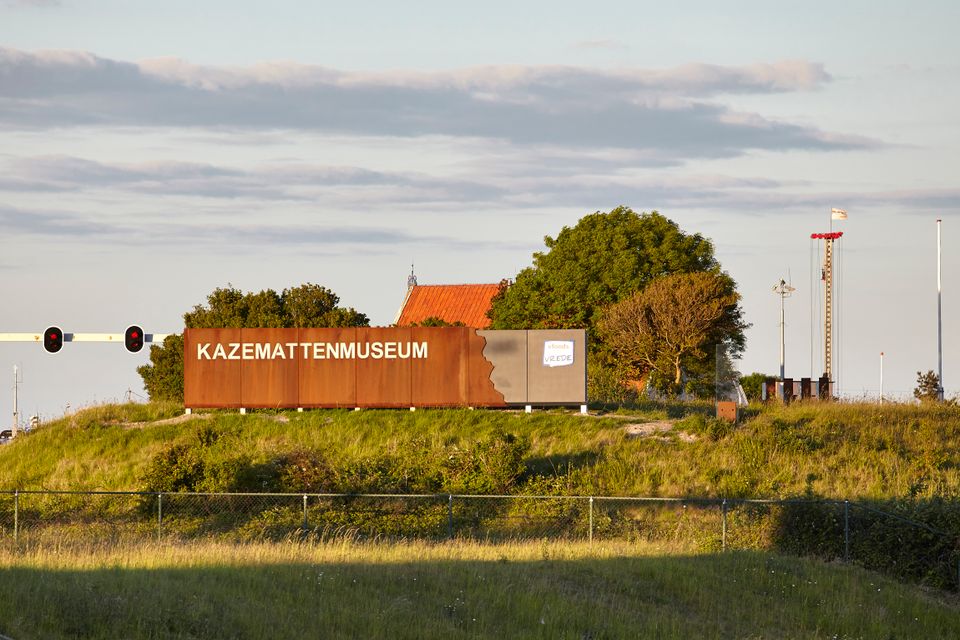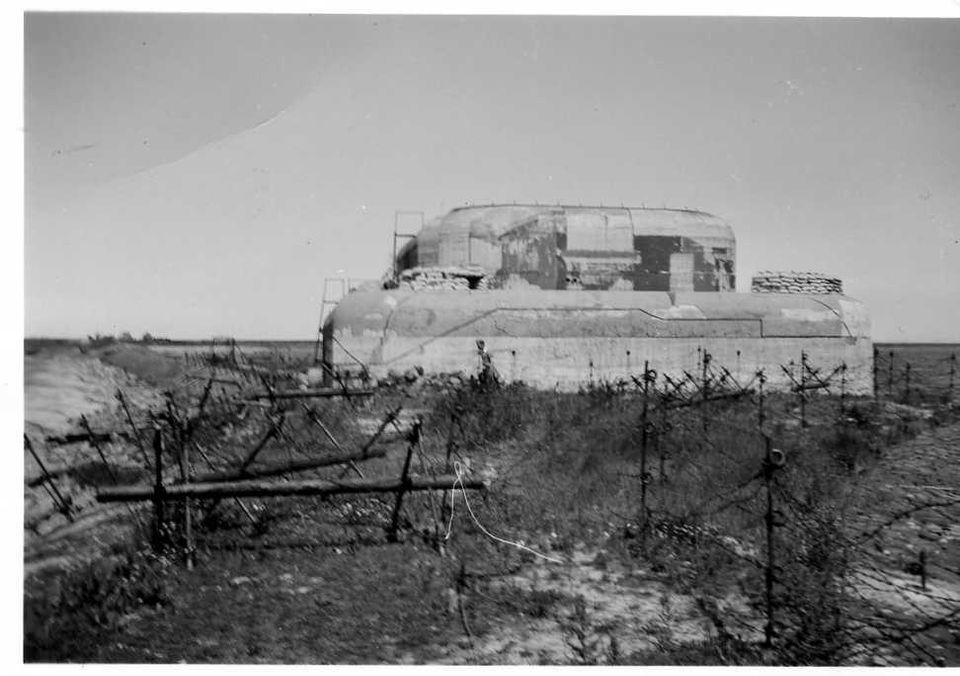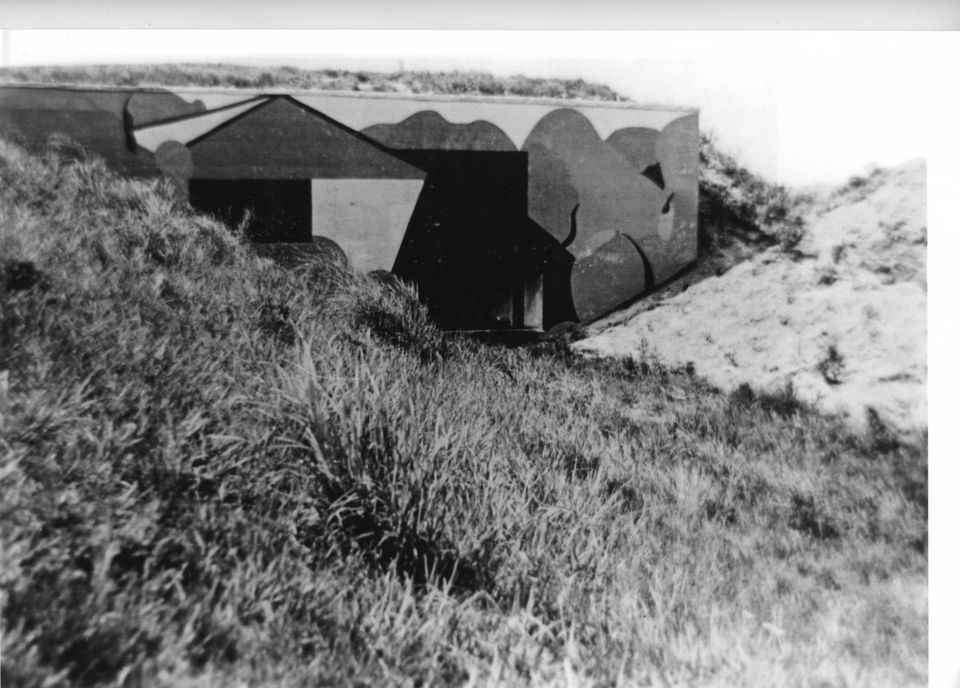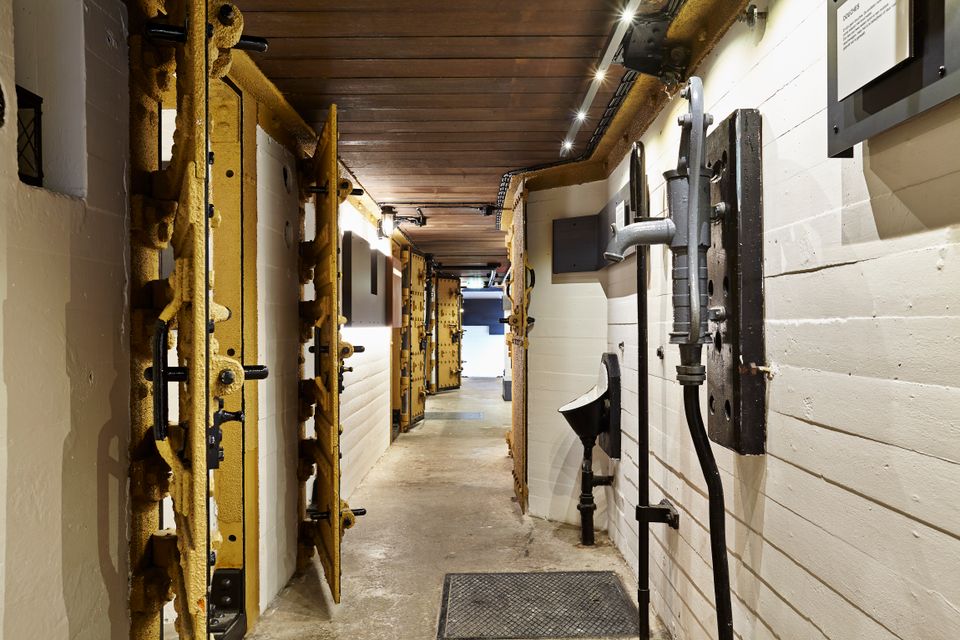Where the German advance faltered
The defensive position at Kornwerderzand was the only one in Europe that managed to halt the German advance. That story is reason enough to visit the Casemates Museum.
Like the one on the other side of the Afsluitdijk, the defensive position at Kornwederzand was constructed between 1932 and 1936. The construction of the Afsluitdijk caused army command great concerns. A quick link for citizens also meant a quick link for possible enemies. If the discharge sluices of the new dyke ended up in the wrong hands, a large part of the Netherlands could be flooded.
So 17 casemates were built at Kornwerderzand. In 1936, army command could never have imagined that they would have to come into action in May 1940. When it did happen, they played their part. Kornwerderzand was the only defensive position in Europe where the rapid German advance, known as the Blitzkrieg, came to a halt.
Initially this didn't seem possible. On 11 May 1940, German troops approached Kornwerderzand. The light artillery of the Casemates proved no match for the much heavier German weapons. With support from the gun boat Hr. Ms. Johan Maurits van Nassau the tide turned and Kornwerderzand held.
On 14 May, German soldiers drove the people of Cornwerd, which is next to the casemates, into the church. Most probably to use them as a human shield during the next attack. However, it didn't come to that. On the same day, Rotterdam received heavy bombardments and the Netherlands capitulated.
(tekst gaat verder onder de foto)
Kornwerderzand fell into the hands of the German army, which expanded and reinforced the defences. The access roads to the Afsluitdijk were closed with concrete blocks. After the liberation of Sneek on 15 April 1945, Canadian troops moved to the Afsluitdijk. The Frisian resistance advised against an attack, because they still remembered the May days at the start of the war. The Canadians were undeterred and there was heavy fighting. They conquered the defensive line of Wons - just before the Afsluitdijk - but they had to wait until 5 May 1945 to pass Kornwerderzand, the day when the German army in the west of the Netherlands surrendered.
If you would like to know more about the war in Kornwerderzand or about the Frisian resistance along lake IJsselmeer, visit the recently renovated Casemates Museum. Go on an audio tour with your mobile along the bunkers and sluices with an app or on the web. Don't forget your earphones!
-
Discover the militairy heritage
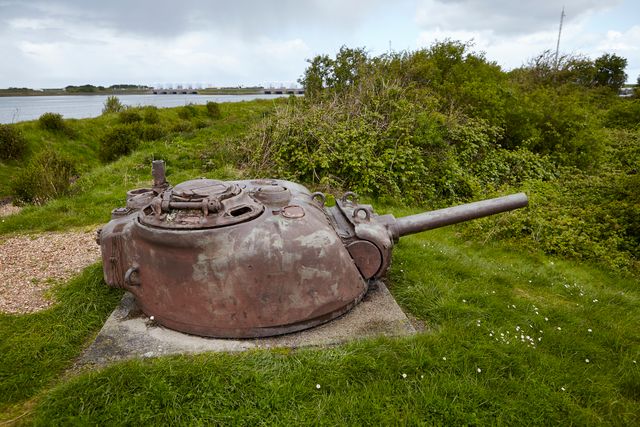
-
Discover more stories
Discover more stories

